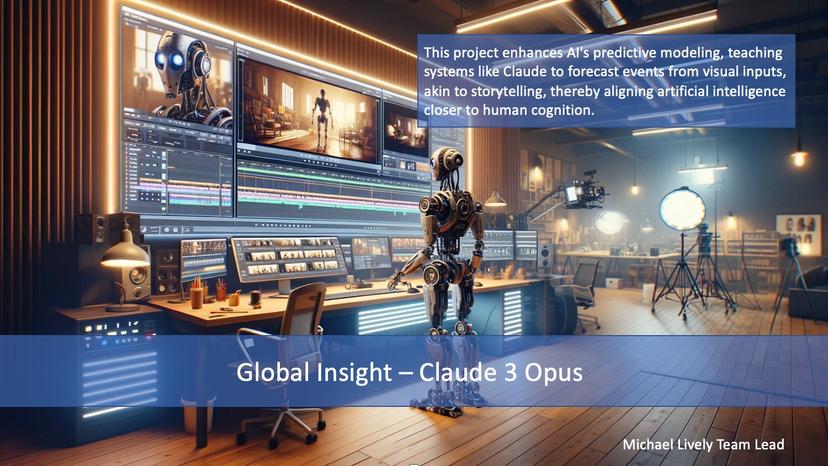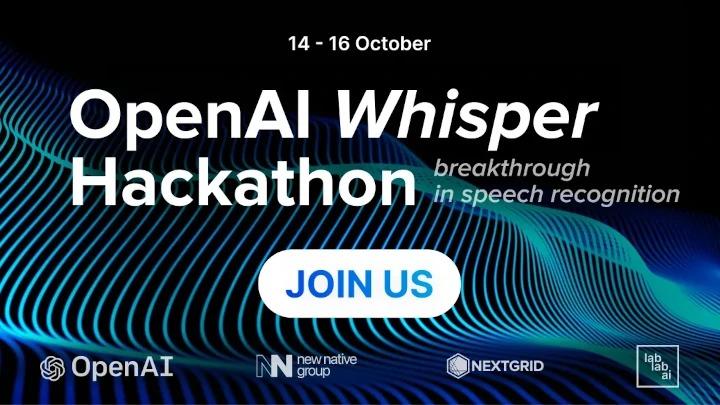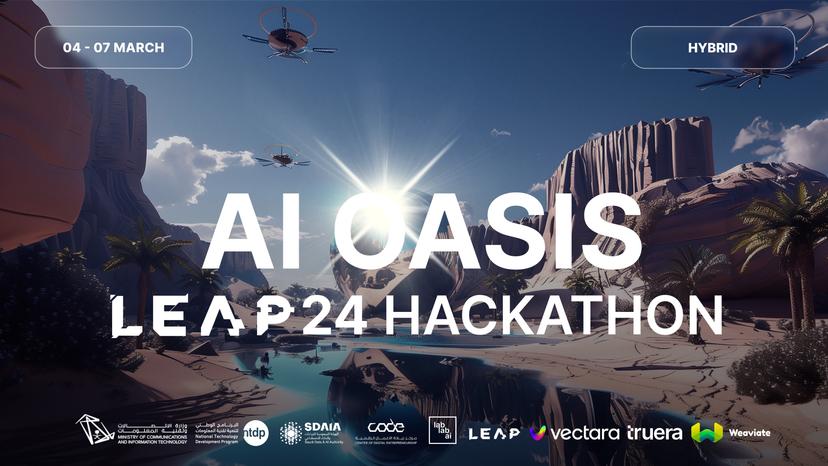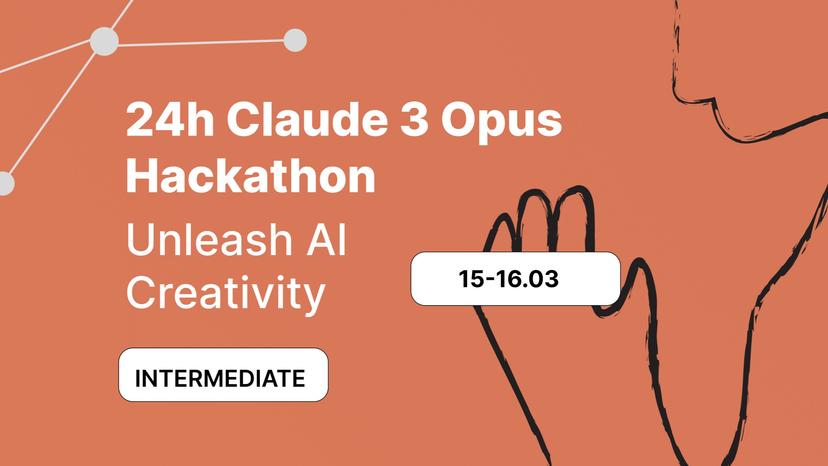🤝 Top Collabolators
🤓 Latest Submissions

MarhamRoute - Medical tourism Planner
MarhamRoute is a cutting-edge web application designed to revolutionize the way individuals plan their medical travel within the Kingdom of Saudi Arabia. With its user-friendly interface and AI-powered recommendations, it serves as a comprehensive guide for those seeking medical treatments, ensuring a stress-free and organized journey from start to finish. At its core, MarhamRoute simplifies the often complex process of organizing medical trips. It begins with visa assistance, directing users to relevant resources for obtaining a medical treatment visa, ensuring travelers start their journey on the right foot. Understanding that medical information is crucial, the platform offers two convenient options for sharing health details: direct text input or secure file upload for those with documents. Recognizing the importance of comfort during recovery, MarhamRoute facilitates hotel bookings, tailored to the user's preferences and budget. The platform doesn't stop at accommodations; it also addresses the need for local transportation and dietary considerations, incorporating user dietary restrictions to suggest restaurants, thereby making the stay as comfortable as possible. One of the standout features of MarhamRoute is its integration with Google Places API and OpenAI's GPT-3.5-turbo model. This technology backbone allows the platform to provide personalized hospital and restaurant recommendations based on the user's specific health condition, ensuring that the medical and dietary needs are met with precision. Additionally, MarhamRoute goes beyond medical care to enhance the overall travel experience. Whether users need transfers around the city or are looking for activities post-recovery, the platform offers suggestions to enrich their stay, making it not just a medical journey but a holistic travel experience. MarhamRoute is a companion that understands and caters to the nuanced needs of medical travelers in Saudi Arabia.
7 Mar 2024

Global Insight - Claude 3 Opus
This project explores the advancement of predictive modeling within artificial intelligence, aiming to equip robots with the ability to forecast future events. This capability is designed to mirror the predictive thinking observed in humans, thus enhancing the practical applications and benefits of robotic systems in various sectors. The innovative approach taken involves a unique method of teaching AI systems, like Claude, to interpret and predict future scenarios based on visual inputs, similar to watching television. The methodology focuses on treating visual input as a series of storytelling frames. Claude, for instance, would analyze two given frames, understanding the content and actions within them, and then leverage its natural language generation capabilities to predict and describe what might occur in the subsequent frame. This project not only advances the field of predictive modeling in AI but also opens new pathways for interactive and anticipatory technologies, fostering a closer synergy between human cognitive processes and artificial intelligence.
16 Mar 2024
.png&w=256&q=75)

.png&w=640&q=75)
.png&w=640&q=75)



